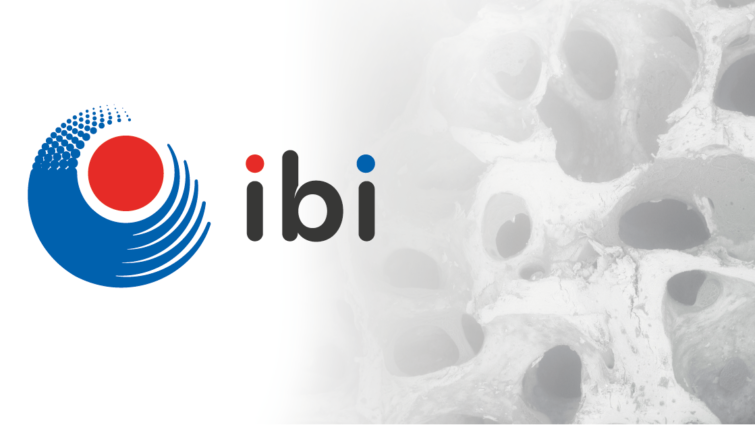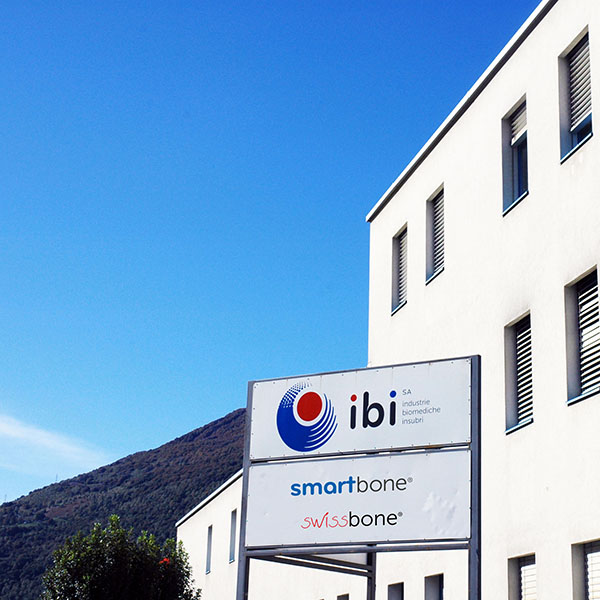CLOSE

Date:
2015
Journal:
Journal of biological regulators & homeostatic agents - Vol. 29, no. 3 (S1), 42-47 (2015)
Author:
Grecchi F, Perale G, Candotto V, Busato A, Pascali M, Carinci F
Link:

The repair of complex craniofacial bone defects is challenging and a successful result depends on the defect size, the quality of the soft tissue covering the defect and the choice of reconstructive method. Autologous bone grafts are the gold standard for bone replacement. Tissue engineered constructs are temporary substitutes developed to treat damaged or lost tissue. Recent advances in materials science have provided an abundance of innovations, underlining the increasing importance of polymer in this field. The Galeazzi Orthopedical institute of Milan received a Serbian soldier who reported a deep wound, due to the explosion of a grenade, during former-Yugoslavia’s war. His left cheekbone was completely lost, together with the floor of the left eye. SmartBone® technology allowed the realization of custom-made grafts which perfectly fitted the bone defect thanks to mechanical strength, also at small thicknesses, and the ability to be shaped without powder formation or unpredicted fractures. Tissue engineering approaches to regeneration utilize 3-dimensional (3D) biomaterial matrices that interact favorably with cells. The potential benefits of using a tissue engineering approach include reduced donor site morbidity, shortened operative time, decreased technical difficulty of the repair, ability to closely mimic the in vivo microenvironment in an attempt to recapitulate normal craniofacial development: this 36-month case study allowed to prove that SmartBone® custom-made bone grafts are an effective solution, gathering such benefits and being available now for daily routine.

IBI SA
Industrie Biomediche Insubri SA
via Cantonale 67, CH-6805 Mezzovico-Vira, Switzerland
t. +41 91 93.06.640
f. +41 91 220.70.00